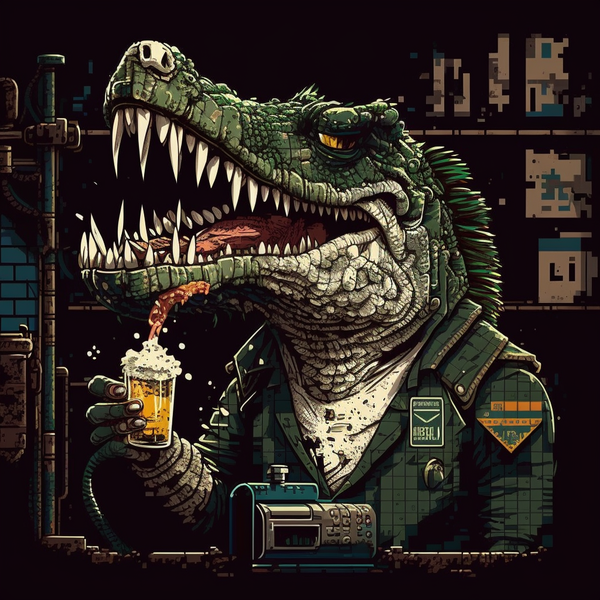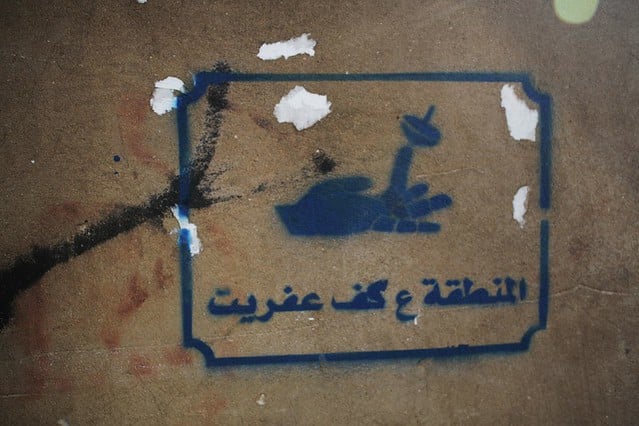New Study Says Artificial Intelligence Still Too Costly To Replace Most Human Jobs::Artificial intelligence is still costly to replace most human jobs, according to a study by the Massachusetts Institute of Technology.The MIT Beyond AI Exposure study said, “Machines will steal our jobs” is a sentiment frequently expressed during times of rapid technological change. “Such anxiety has re-emerged with the creation of large language models (e.g. ChatGPT, Bard, GPT-4) that show considerable skill in tasks where previously only human beings showed proficiency,” it said Monday.
Bullshit i can get mistral 7b running 24/7 on an old desktop at a fraction of minimum wage.
Churning out what, 2 tokens per second? Which job are you going to replace?
As per the other comment, they talk about computer vision. So a tiny subset of jobs that are in danger. And not even sure how that has anything to do with LLM Like GPT. Seems like clickbait.
I didnt read the article but the headline is obviously misleading clickbait
deleted by creator
Link to original study: https://futuretech-site.s3.us-east-2.amazonaws.com/2024-01-18+Beyond_AI_Exposure.pdf
In this paper, we address three important shortcomings of AI exposure models to construct a more economically-grounded estimate of task automation. First, we survey workers familiar with end-use tasks to understand what performance would be required of an automated system. Second, we model the cost of building AI systems capable of reaching that level of performance. This cost estimate is essential to understanding the deployment of AI, since technically-exacting systems can be enormously expensive. And third, we model the decision about whether AI adoption is economically-attractive. The result is the first end-to-end AI automation model. A simple hypothetical example makes clear why these considerations are so important. Consider a small bakery evaluating whether to automate with computer vision. One task that bakers do is to visually check their ingredients to ensure they are of sufficient quality (e.g. unspoiled). This task could theoretically be replaced with a computer vision system by adding a camera and training the system to detect food that has gone bad. Even if this visual inspection task could be separated from other parts of the production process, would it be cost effective to do so? Bureau of Labor Statistics O*NET data imply that checking food quality comprises roughly 6% of the duties of a baker. A small bakery with five bakers making typical salaries ($48,000 each per year), thus has potential labor savings from automating this task of $14,000 per year. This amount is far less than the cost of developing, deploying and maintaining a computer vision system and so we would conclude that it is not economical to substitute human labor with an AI system at this bakery.





